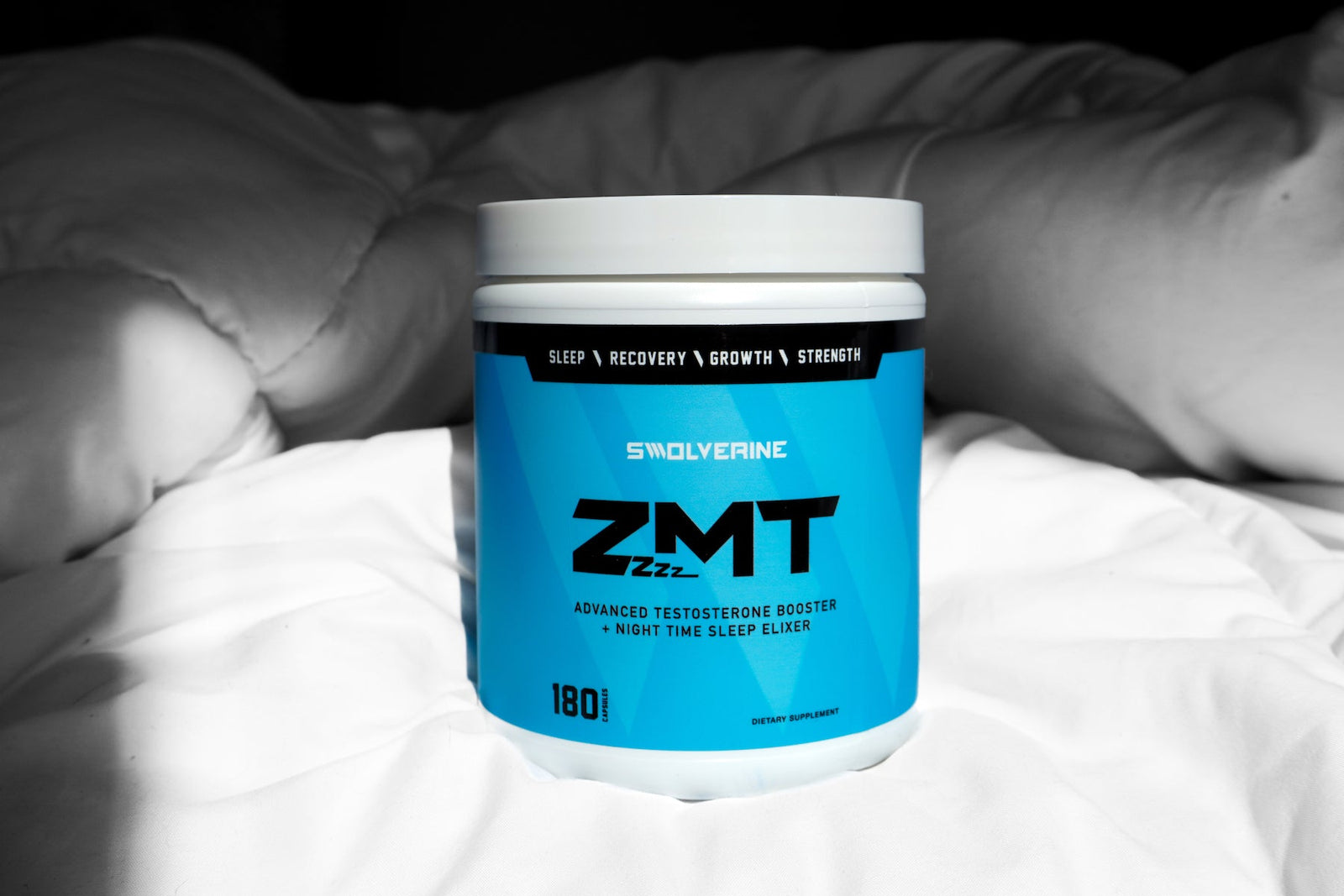Ask someone if they have a deficiency in their diet and you’ll almost always get a response of protein, calcium, iron, B-vitamins, or vitamin D. Rarely do you ever hear someone expressing concerns over magnesium deficiency.
Yet, the reality is nearly 75% of the population is not getting enough magnesium in their diet, in what is now being called, “the invisible deficiency” (Rosanoff, 2012).
Although there are many types of magnesium, this article will explore the key differences between magnesium oxide vs magnesium glycinate, their benefits, absorption rates, therapeutic uses, and which one is most preferred based on your health goals.
What Is Magnesium Oxide?
Magnesium is an essential cofactor and mineral for many enzymatic reactions, especially those involved in energy metabolism, immune response, and neurotransmitter synthesis (Volpe, 2013).
Health Benefits of Magnesium Supplementation
-
Reduces inflammation
-
Supports immune function
-
Relieves constipation
-
Improves sleep quality
-
Lowers blood pressure
Why Magnesium Oxide Is Commonly Used
Magnesium oxide is one of the most common forms found in supplements, not because it's the most effective, but because it is the cheapest to produce, making it cost-effective for manufacturers.
Chemically, magnesium oxide is an inorganic salt formed from magnesium and oxygen ions. Despite its lower bioavailability, it is widely used to help maintain adequate magnesium levels in the body.
Primary Uses
-
Antacid for heartburn and acid indigestion
-
Laxative to relieve constipation
-
Support for blood pressure regulation
-
Potential aid for migraines
What Is Magnesium Glycinate?
Magnesium glycinate is a chelated form of magnesium, meaning it’s bound to glycine, a non-essential amino acid with sleep-inducing and calming properties.
Mechanism of Action
Glycine, like GABA, is an inhibitory neurotransmitter. It modulates activity in the brain by blocking excitatory signals, promoting calmness, and reducing anxiety. Glycine also acts as a co-agonist of the NMDA receptor, enhancing cognitive function and mood regulation (Kawai et al., 2015).
Key Benefits of Magnesium Glycinate
-
Superior absorption compared to other forms
-
Promotes deep sleep and REM cycles
-
Reduces anxiety and cortisol levels
-
Enhances muscle recovery and reduces cramping
Benefits of Magnesium (General)
Magnesium oxide and glycinate share several universal health benefits, although their bioavailability and clinical applications differ.
1. Helps With Constipation
Magnesium oxide acts as an osmotic laxative, drawing water into the intestines and easing bowel movements.
-
A clinical study found that magnesium oxide improved symptoms in patients with chronic constipation (Sakuma et al., 2011).
-
In Japan, it's prescribed to over 10 million patients annually as a standard laxative (Morita et al., 2007).
2. Improves Sleep Quality
Magnesium supports the parasympathetic nervous system, helping you relax and fall asleep. It also regulates melatonin and acts on NMDA and GABA receptors, both crucial for sleep regulation.
-
A 2012 double-blind RCT found that 500 mg of magnesium oxide for 8 weeks improved sleep time and REM quality (Abbasi et al., 2012).
Additionally, animal studies suggest glycine itself reduces wakefulness and improves sleep latency (Yamadera et al., 2007).
3. Reduces Anxiety (Anxiolytic Effect)
Magnesium helps regulate the hypothalamic-pituitary-adrenal (HPA) axis, which governs the stress response system.
-
Magnesium glycinate has been shown to lower cortisol levels and blunt stress responses (Sartori et al., 2012).
-
Magnesium deficiency is associated with increased anxiety-like behaviors (Boyle et al., 2017).
4. Supports Bone Health
Higher magnesium intake is positively correlated with bone mineral density and helps prevent osteoporosis and sarcopenia.
-
Magnesium is required for vitamin D metabolism, meaning low magnesium = low vitamin D effectiveness (Uwitonze & Razzaque, 2018).
Magnesium glycinate is especially effective here due to its superior absorption, ensuring your supplement is actually utilized by the body.
Magnesium Oxide vs Magnesium Glycinate: Comparison
| Feature | Magnesium Oxide | Magnesium Glycinate |
|---|---|---|
| Absorption Rate | Low (~4%) | High (~80% or more) |
| Best Use | Constipation, Heartburn | Sleep, Anxiety, Magnesium Deficiency |
| Price | Low (inexpensive) | Higher (premium formulation) |
| Bioavailability | Poor | Excellent |
| Sleep Quality | Mild benefits | Strong benefits due to glycine |
| Constipation Relief | Highly effective | Not primary use |
Dosage Recommendations
According to the National Institutes of Health, the RDA for magnesium is:
-
310–320 mg/day for adult women
-
400–420 mg/day for adult men
However, therapeutic benefits such as better sleep and anxiety reduction often require 400–500 mg/day, depending on individual needs (Volpe, 2013).
Final Takeaway: Which Magnesium Is Best?
While both forms of magnesium offer health benefits, magnesium glycinate is superior for most people due to its bioavailability, calming effects, and ability to improve sleep and anxiety.
Magnesium oxide, on the other hand, is better suited for digestive relief, especially if you're dealing with chronic constipation.
No matter which form you choose, the most important thing is to ensure you're getting enough magnesium daily—as much as 75% of Americans are deficient, according to the World Health Organization.
Related Articles
Looking For The Best Magnesium Glycinate Supplement For Better Sleep and Relaxation? ZMT Contains 422mg of Magnesium Glycinate 100% your Daily Recommended Value
Swolverine’s ZMT maximizes your body’s ability to stimulate muscle growth, by promoting high-quality sleep, and naturally boosting testosterone levels. With clinically dosed sleep ingredients such as Melatonin, GABA, Theanine, Tryptophan, Valerian Root, Magnesium Glycinate, and powerful adaptogens like Ashwagandha, Zinc, Rhodiola Rosea, Fenugreek, and Tongkat Ali, ZMT is the perfect nighttime elixir for restful recovery and sleep.
Find similar articles:
Supplements






